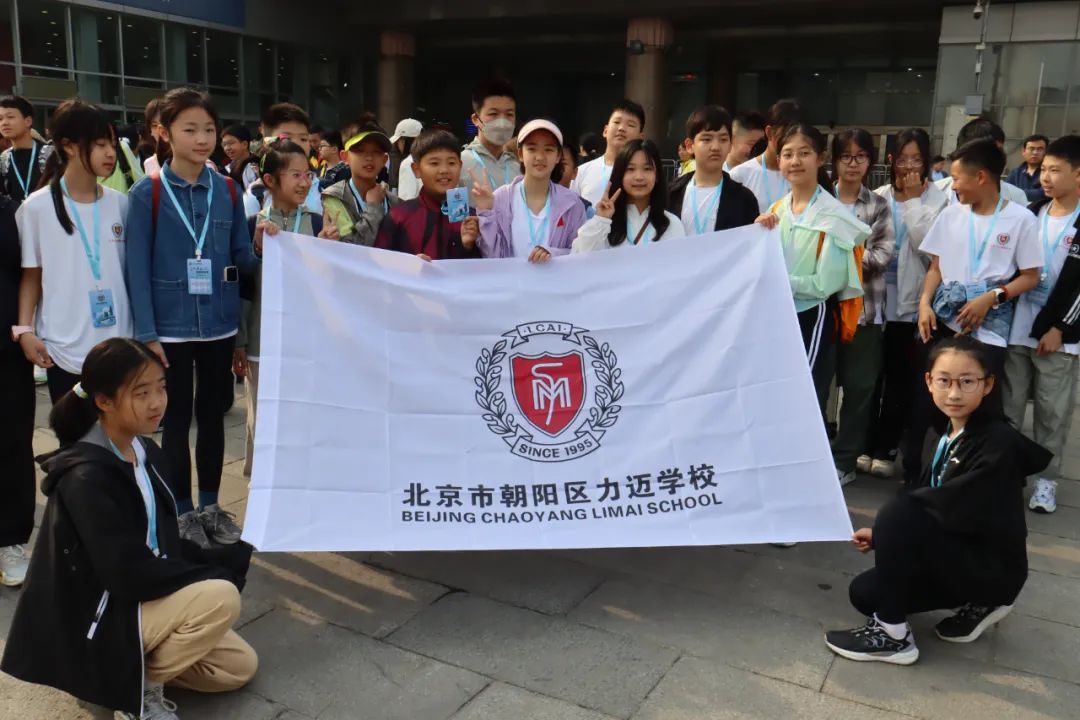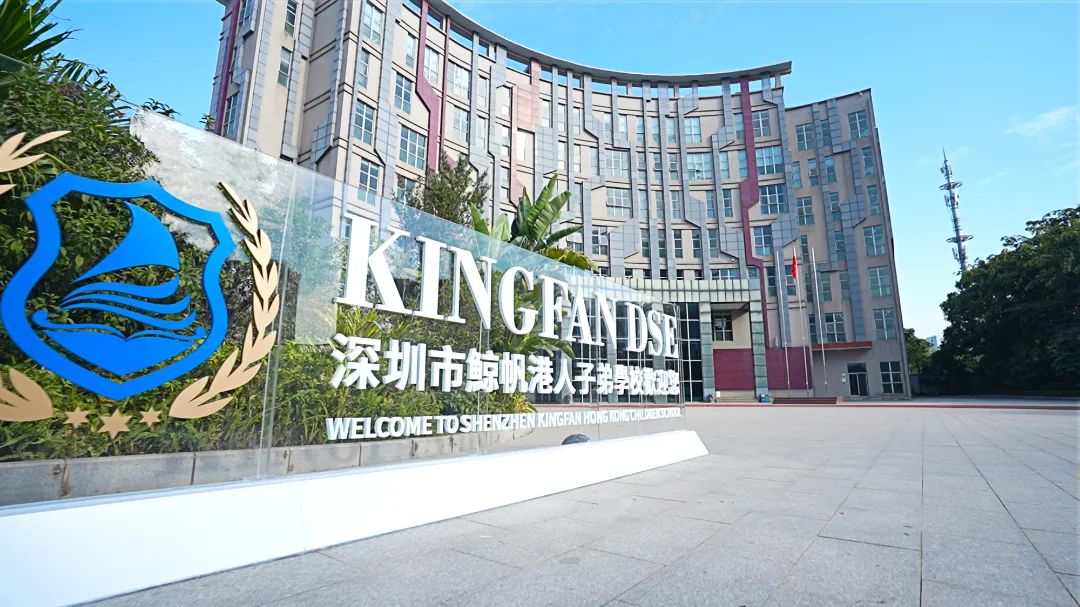Total number of words: 1125 words
What is the design logic and practical prototype of PBL interdisciplinary project-based learning at Huamei Foreign Language School? Let's step into the fifth grade together and gain a new understanding of interdisciplinary project-based science learning!
An unexpected heavy rainstorm in September brought some changes to Shenzhen. After the rain, the fifth-grade children noticed that the riverbank fencing outside the school perimeter had a slight collapse. They raised many questions:
What are the major natural disasters in the world?
What are the principles behind the occurrence of natural disasters?
What are the specific dangers associated with different natural disasters?
How should appropriate emergency measures be prepared for various natural disasters?
This is a driving question that arises in a real context, and the fifth-grade chinese and foreign english and science teachers have initiated an interdisciplinary project-based learning: Natural disasters. This project is positioned as one of the three major cross-disciplinary projects in the english curriculum: Humans and nature. It connects english and science subjects, spanning 8 hours, with two key concepts at its core, integrating subject learning with the project, focusing on solid classroom teaching, and developing students' learning skills."
DEFINING
PROJECT OBJECTIVES
The project's objectives are to understand the characteristics of various natural disasters through various experiments and models, learn corresponding emergency measures, and raise awareness of protecting the Earth. Fifth-grade students will showcase their learning outcomes through methods such as PPT presentations, on-site explanations, and simulated experiments.
PROJECT IMPLEMENTATION
AND PRESENTATION OF
ACHIEVEMENTS
Firstly, students are grouped based on their characteristics, and learning plans are developed. They collect Chinese and English materials from both the library and inside and outside the classroom to organize relevant knowledge about natural disasters. Division of labor and cooperation within the small groups are the skills to be enhanced in this project. The teacher provides various forms of support during guidance.
Next, the small groups design various experimental plans, including the experimental process, experiment safety, and, under the guidance of the teacher, they use English to record experiments, analyze survey reports, and explain the experiments. Some of these experiments are derived from English and science textbooks, and these textbooks have turned into project-themed books and materials."
◀ ◀ Swipe left to switch pictures ◀ ◀
In the end, the children showcase what they have learned throughout the learning process through posters and reports."
◀ ◀ Swipe left to switch pictures ◀ ◀
PROJECT REFLECTION
AND CONCLUSION
For students, completing this series of tasks during the project implementation was not an easy feat. It involved not only the field of science but also delved into areas like science, geography, English, and art. Furthermore, how to sift through the vast amount of information available online? How to create PPT presentations? How to make experimental models that better represent natural disasters? How to confidently deliver a public speech... Each of these aspects posed a significant challenge for the students, and the fifth-grade classroom group teachers guided the students step by step in addressing these issues.
"From knowing very little about natural disasters to being able to present and explain relevant knowledge to others. This process involved not only the acquisition of systematic knowledge but also the enhancement of various skills."
Problem-Solving Abilities
Completing the entire PBL project is a process of solving real problems. Guided by the teacher, students reach conclusions step by step, acquiring skills and abilities in problem analysis and resolution.
Mastering critical thinking often requires a process. In this PBL project, teachers from various subjects guide students to continuously identify problems, explore them, and solve them. This helps students learn to think about problems from different angles and develop independent thinking skills.
Public Speaking and
Communication Skills
Every PBL project requires students to use their public speaking and communication skills to present their solutions.
Extensive Reading and
Information Filtering Skills
To solve real-world challenges, it's essential to analyze all aspects of the problem, which requires interdisciplinary knowledge. Gathering and reading a significant amount of material is the foundational work for problem-solving. After collecting and reading a substantial amount of material, students need to filter out the most relevant information and present it in various forms.
Currently, the fifth-grade students are enthusiastically exploring, looking forward to their presentations. By integrating subject learning with projects, focusing on two key concepts, and conducting solid classroom teaching, students are developing their learning skills.
"Adhering to the national curriculum, highlighting international understanding courses, and developing civic courses." Huamei Foreign Language School is implementing its PBL internationalized curriculum with a focus on the "four stages" as the core, using the project as a vehicle."






